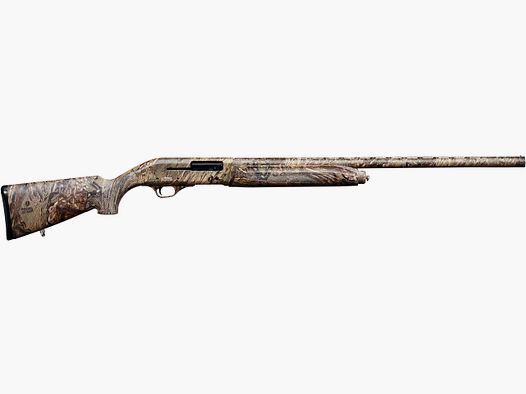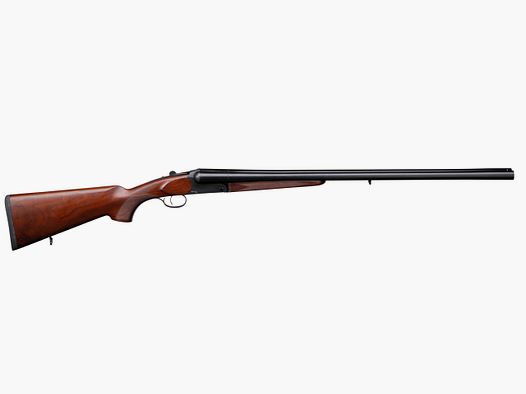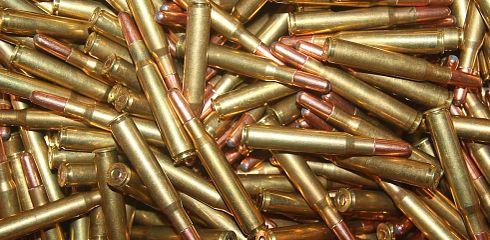The hunting course is a discipline of clay pigeon shooting that realistically simulates the behavior of flying game. Unlike the Olympic disciplines of trap, skeet, and double trap, the hunting course is not Olympic but is still held annually at European and World Championships. Originally developed to train hunting for small game, hunting course shooting has evolved into a popular sporting discipline practiced not only by hunters but also by sport shooters.
The Hunting Course
Realistic shooting at clay pigeons In the hunting course, as in other disciplines of clay pigeon shooting, shooters aim at clay pigeons. The major difference from trap and skeet is that there are no fixed positions for the throwing machines, flight paths, and shooting stands. Each hunting course is unique and individually designed. By adjusting the throwing direction, a variety of flight paths for the clay pigeons can be simulated. Additionally, different types of clay pigeons such as mini or sail pigeons are used. For international competitions, the Fédération Internationale de Tir aux Armes Sportives de Chasse (FITASC) is responsible, while national competitions in Germany are organized by TIRO e.V. and the DSB.
Procedure and Rules of the Hunting Course
In the hunting course, the clay pigeons are called by a verbal signal. After the call, one to three seconds pass before the clay pigeon is thrown. A hit is counted when a visible piece of the clay pigeon is separated by the shot. Single pigeons may be shot at twice in the hunting course, with no relevance to which shot scores the hit. In doubles, the shooter can freely decide in which order to shoot at the clay pigeons. If the first shot misses, they may shoot at the same clay pigeon again with the second shot. If the shooter hits both clay pigeons with one shot, two hits are counted for that.
The Shooting Range and the Clay Pigeons
Shooters shoot from pre-defined positions, and signs with letter designations mark the order of the throwing machines used. At each stand, all throwing directions are thrown once for the shooter of a group. Practice shots are not allowed. The starting shooters of a group rotate with each shooting stand to ensure a fair distribution. The clay pigeons in the hunting course can have various forms of doubles, including double on shot, simultaneous double, and rafale double. Additionally, there are different types of clay pigeons such as standard pigeons, midi pigeons, mini pigeons, rolling hares, sail pigeons, flash targets, and electric pigeons. The color of the clay pigeons can vary as long as they are easily recognizable against the background.
The Right Equipment and Safety Precautions
In the hunting course, shotguns with a maximum caliber of 12 and a minimum barrel length of 66 cm are allowed. The ammunition may have a cartridge load of 28 grams with a deviation of +2%, and the shot diameter must be between 2.0 and 2.5 mm. It is important to observe safety precautions when handling the weapon and during shooting.
Overview of the Hunting Course
The hunting course is an exciting and realistic discipline of clay pigeon shooting that simulates the behavior of flying game. With individual flight paths and various clay pigeons, the hunting course offers a diverse challenge for hunters and sport shooters. Adhering to the rules and safety precautions is of great importance. By practicing hunting course shooting, shooters can improve their accuracy and hunting behavior. The fascination of realistic shooting at moving targets makes the hunting course a popular discipline in clay pigeon shooting.
Testing the Hunting Course
Anyone who wants to test hunting course shooting should register for the Geartester Community Event 2023.





















